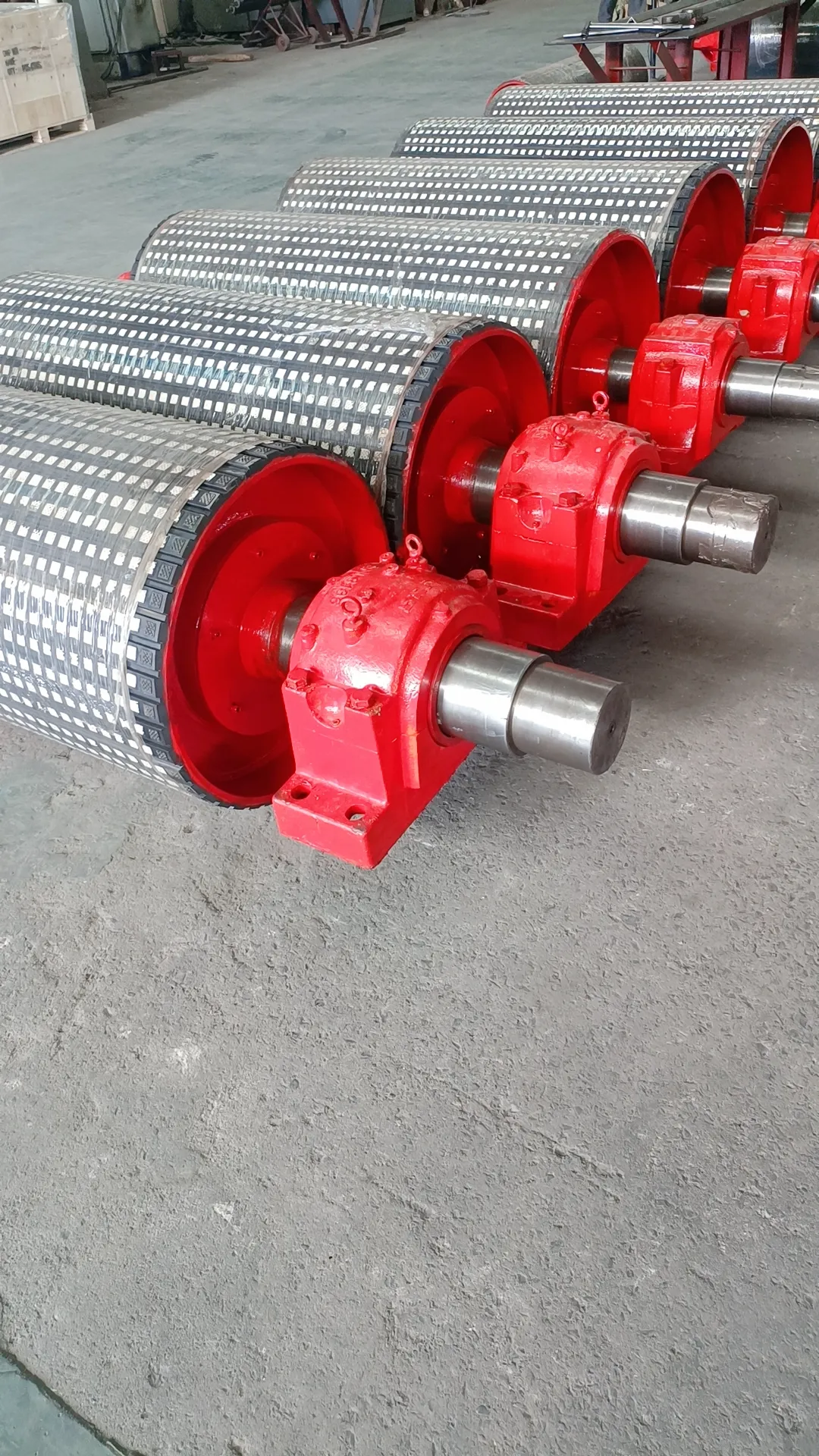 Afrikaans
Afrikaans  Albanian
Albanian  Amharic
Amharic  Arabic
Arabic  Armenian
Armenian  Azerbaijani
Azerbaijani  Basque
Basque  Belarusian
Belarusian  Bengali
Bengali  Bosnian
Bosnian  Bulgarian
Bulgarian  Catalan
Catalan  Cebuano
Cebuano  Corsican
Corsican  Croatian
Croatian  Czech
Czech  Danish
Danish  Dutch
Dutch  English
English  Esperanto
Esperanto  Estonian
Estonian  Finnish
Finnish  French
French  Frisian
Frisian  Galician
Galician  Georgian
Georgian  German
German  Greek
Greek  Gujarati
Gujarati  Haitian Creole
Haitian Creole  hausa
hausa  hawaiian
hawaiian  Hebrew
Hebrew  Hindi
Hindi  Miao
Miao  Hungarian
Hungarian  Icelandic
Icelandic  igbo
igbo  Indonesian
Indonesian  irish
irish  Italian
Italian  Japanese
Japanese  Javanese
Javanese  Kannada
Kannada  kazakh
kazakh  Khmer
Khmer  Rwandese
Rwandese  Korean
Korean  Kurdish
Kurdish  Kyrgyz
Kyrgyz  Lao
Lao  Latin
Latin  Latvian
Latvian  Lithuanian
Lithuanian  Luxembourgish
Luxembourgish  Macedonian
Macedonian  Malgashi
Malgashi  Malay
Malay  Malayalam
Malayalam  Maltese
Maltese  Maori
Maori  Marathi
Marathi  Mongolian
Mongolian  Myanmar
Myanmar  Nepali
Nepali  Norwegian
Norwegian  Norwegian
Norwegian  Occitan
Occitan  Pashto
Pashto  Persian
Persian  Polish
Polish  Portuguese
Portuguese  Punjabi
Punjabi  Romanian
Romanian  Russian
Russian  Samoan
Samoan  Scottish Gaelic
Scottish Gaelic  Serbian
Serbian  Sesotho
Sesotho  Shona
Shona  Sindhi
Sindhi  Sinhala
Sinhala  Slovak
Slovak  Slovenian
Slovenian  Somali
Somali  Spanish
Spanish  Sundanese
Sundanese  Swahili
Swahili  Swedish
Swedish  Tagalog
Tagalog  Tajik
Tajik  Tamil
Tamil  Tatar
Tatar  Telugu
Telugu  Thai
Thai  Turkish
Turkish  Turkmen
Turkmen  Ukrainian
Ukrainian  Urdu
Urdu  Uighur
Uighur  Uzbek
Uzbek  Vietnamese
Vietnamese  Welsh
Welsh  Bantu
Bantu  Yiddish
Yiddish  Yoruba
Yoruba  Zulu
Zulu conveyor idler roller design
Conveyor Idler Roller Design An Overview
Conveyor systems are integral components of many industrial operations, facilitating the efficient movement of materials across various processes. Among the key components of these systems are conveyor idler rollers, which play a crucial role in supporting the conveyor belt and ensuring its smooth operation. The design of idler rollers is critical to the overall performance, efficiency, and durability of the conveyor system.
Functionality and Importance
Idler rollers serve multiple functions within a conveyor system. Primarily, they provide support for the conveyor belt, ensuring it remains stable as it moves materials from one point to another. This stability is vital to reduce belt wear and to prevent sagging, which can lead to material spillage and operational inefficiencies. Furthermore, idlers are responsible for maintaining proper belt tension, which is essential for the effective transfer of loads.
Design Considerations
When designing conveyor idler rollers, several factors must be taken into account
1. Material Selection The materials used for idler rollers must be durable and resistant to harsh environmental conditions. Common materials include carbon steel, stainless steel, and plastic, each chosen based on the specific requirements of the application.
conveyor idler roller design

2. Roller Diameter and Width The dimensions of the roller, including its diameter and width, significantly affect the idler’s performance. A larger diameter roller can support heavier loads, while wider rollers provide better coverage and minimizing the risk of belt misalignment.
3. Bearing Type The choice of bearings is crucial for reducing friction and enhancing the lifespan of the roller. Common options include sealed roller bearings and self-aligning bearings, which help to ensure smooth rotation and reduce maintenance needs.
4. Configuration The arrangement of idlers along the conveyor system can impact efficiency. Common configurations include flat, troughing, and return idlers, each designed to optimize the handling of different types of materials.
5. Environmental Factors Idler rollers must be designed to withstand the specific environmental conditions they will face, such as temperature extremes, moisture, and dust. Protective coatings and sealing mechanisms can enhance longevity and performance in challenging environments.
Conclusion
In conclusion, the design of conveyor idler rollers is a critical aspect of conveyor system functionality. By carefully considering factors such as material selection, roller dimensions, bearing types, configuration, and environmental conditions, engineers can create idlers that enhance both the efficiency and reliability of conveyor operations. Properly designed idler rollers not only promote smoother material handling but also contribute to reduced maintenance costs and improved operational productivity in various industrial applications. As industries continue to evolve, innovative designs and materials will further advance the effectiveness of conveyor systems, solidifying the importance of idler roller design in modern manufacturing and logistics.
-
Trusted Conveyor Solutions from Leading Conveyor Idler Roller ManufacturersNewsJun.27,2025
-
Reliable Return Idler Solutions for Efficient Belt Conveyor SystemsNewsJun.27,2025
-
Precision Conveyor Accessories for Streamlined Material HandlingNewsJun.27,2025
-
High-Quality Belt Conveyor Idler Solutions for Efficient Material HandlingNewsJun.27,2025
-
High-Performance Belt Conveyor Pulleys for Reliable Material HandlingNewsJun.27,2025
-
Enhancing Material Handling EfficiencyNewsJun.27,2025





























